AudioQuest Victoria, Yosemite and Angel mini jack interlink cables
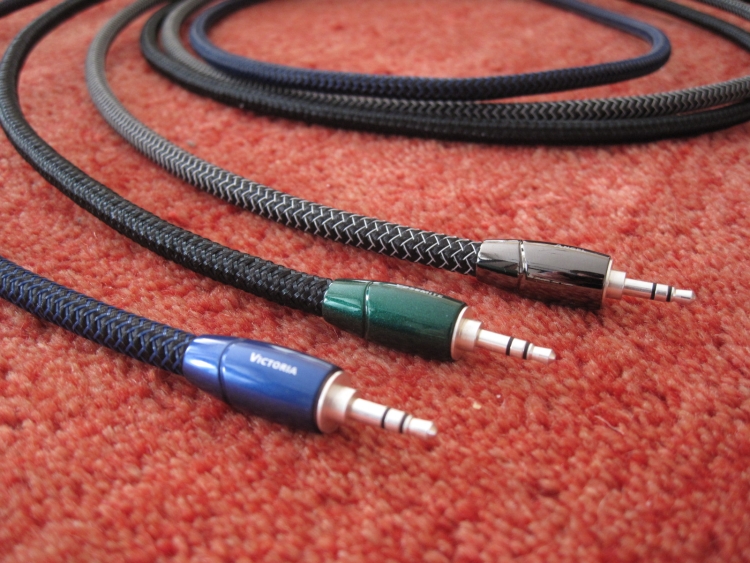
In search of the ideal mini-jack to cinch cable
Cables reviewed:
Victoria – 2 meter stereo cable – 435 euro (325 euro for 1 meter)
Yosemite – 2 meter stereo cable – 875 euro (649 euro for 1 meter)
Angel – 2 meter stereo cable – 1535 euro (1095 euro for 1 meter)
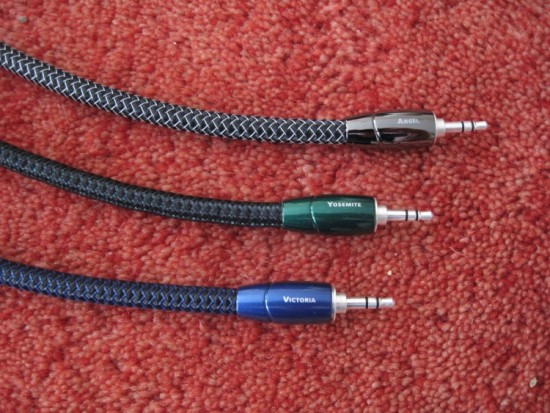
For reviewing the EC Designs Mosaic T DAC I was looking for a quality mini jack to cinch cable. As it turns out, AudioQuest offer a wide range of these as part of the Bridges & Falls series. The nice thing about this series is that both left and right signal conductors are unified in the same jacket, making for an efficient cable with a clean look.
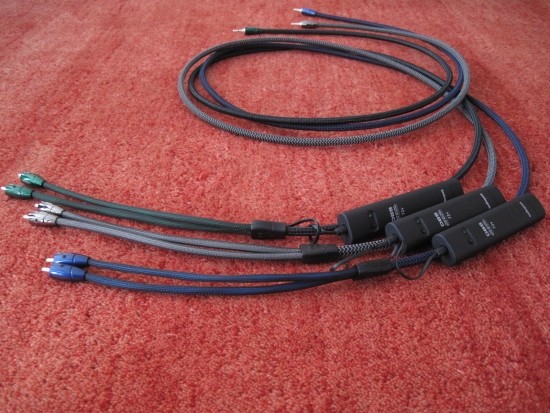
From the Victoria and up, you can specify custom leg lengths. Because the Mosaic DAC only offers a mini-jack output and I was looking to avoid an adapter cable, I requested 3 review models with extra long legs. Please note that AudioQuest does indicate that the shorter the legs are, the better the DBS can do its work.
Victoria
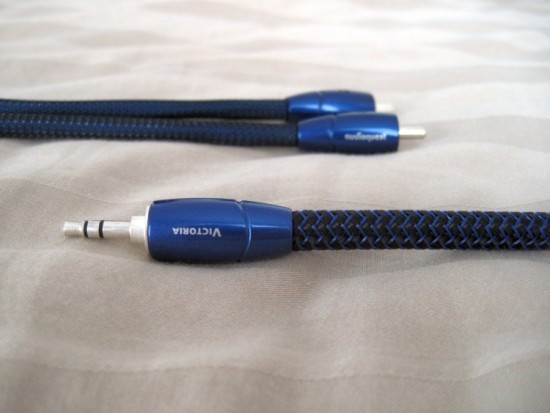
Victoria is the most affordable AudioQuest mini-jack cable that can be specified with custom leg length. This is important in situations where the left and right inputs on the (pre-) amplifier are separated. This is the case in both my reference setups where I employ Jeff Rowland preamplifiers with strictly separated left and right input sections.
The stylish blue finished Victoria may be affordable, but it is finished to a very high standard. It employs solid perfect surface copper+ conductors and has PE air-tube insulation. Connectors for all three cables are the same: cold-welded direct-silver plated pure red copper.
The Victoria sounds refined, and uniform in balance. It is not very outspoken, but also not overly restrained. Timbre seems good until you pay particular attention to piano notes, which seem to lack body and scale. The Victoria’s bass is nicely integrated and neither flabby nor overly tight, but it is not of the most powerful kind, nor is the midrange very expressive. Apart from this, however, it doesn’t seem to do anything wrong. That is until you start comparing to the next model up.
Yosemite
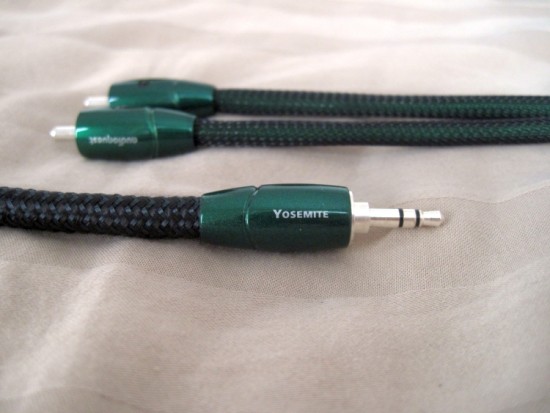
Yosemite looks a lot like the Victoria but is finished with green sleeving and green connectors. Like Victoria, it employs solid perfect surface copper+ conductors but has FEP air-tube insulation. This may seem insignificant, but I already experienced a big difference in this aspect with AudioQuest cables in the Elements series. Connectors are cold-welded direct-silver plated pure red copper.
Yosemite is voiced in the same direction as Victoria, but there are subtle yet worthwhile differences. For starters, its bass is a little more powerful and the cable sounds overall more expressive and colorful. More importantly, its lower midrange has a more accurate timbre, and indeed piano notes carry more weight and sound more convincing.
Angel
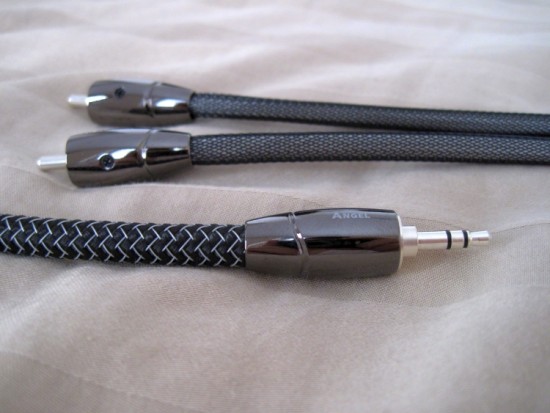
Angel is the top-level cable from the Bridges & Falls series, evidenced by the fact that it employs solid 100% perfect surface silver conductors. Like the Yosemite, it has FEP air-tube insulation. Connectors are cold-welded direct-silver plated pure red copper.
Being the top model of the series I expected a lot from the Angel. The Angel does sound more refined than either of the lower models. It has more airy treble, better low-level resolution, and an overall more coherent sound. However, its bass reminds of the Victoria’s bass by being less powerful than the Yosemite’s bass. Also, and perhaps linked to this, the lower midrange also sounds less acoustically convincing, again mostly obvious with piano notes, which lack body compared to the Yosemite.
Then again, switching back to the Yosemite reveals that cable as being less refined overall, and that’s also difficult to get used to again.
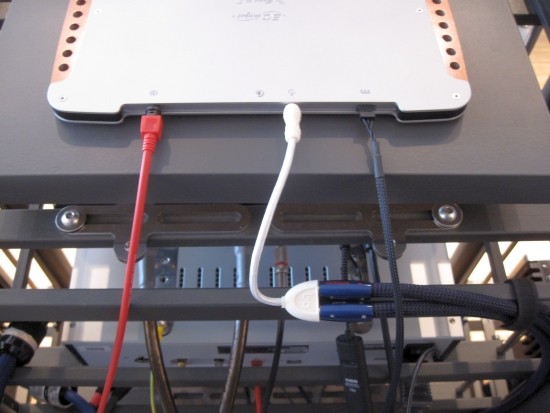
Above: AudioQuest Victoria connected directly to the EC Designs Mosaic T DAC.
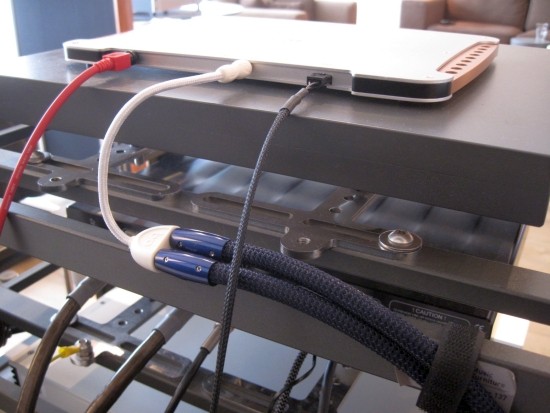
Above: AudioQuest Water connected to the EC Designs Mosaic T DAC via an AudioQuest FLX-Mini/RCA Adaptor cable.
Conclusion
The Bridges & Falls series starts pretty well and quality gets better if you move up. If I should pick a winner of the bunch then I’d go for the Yosemite for offering the best value for money. Neither of the 3 cables does anything obviously wrong, they just don’t do certain things that I do expect. Ironically, if I hadn’t reviewed the AudioQuest Elements series, I probably would have been more positive. It’s just that when comparing the Angel, which is the best of the Bridges & Falls series to the more affordable Water from the Elements series, even with a mini-jack to cinch adapter cable, the latter sounds a lot better – on all accounts, refinement and resolution included. The most striking aspect is the Water’s Live and Kicking, unrestrained sound. It has more powerful bass and lower midrange and sounds timbrally more realistic than the Bridges & Falls series cables.
I think that if anything, this comparison shows that one cannot underestimate the importance of the dielectricum and geometry of a cable. Conductor quality sure is important, but it isn’t the only deciding factor for its sound.
Something else to consider is cable flexibility and connector compatibility. The Bridges & Falls series cables are (also) meant to be used with portable devices, where it is important that a cable is easy to handle. All 3 cables are very supple and can bend easily but the Water is pretty stiff, and due to its large diameter it also cannot be supplied with mini-jack connector.
External Links
AudioQuest Global: www.audioquest.com/
AudioQuest Nederland: www.audioquest.nl/
Sales Managers Benelux
Jules Withagen and Frederic Veerman
Roosendaal, The Netherlands
Telephone: +31 165 54 1404
Email: info@audioquest.nl
J. Withagen: jwithagen@audioquest.nl
F. Veerman: fveerman@audioquest.nl
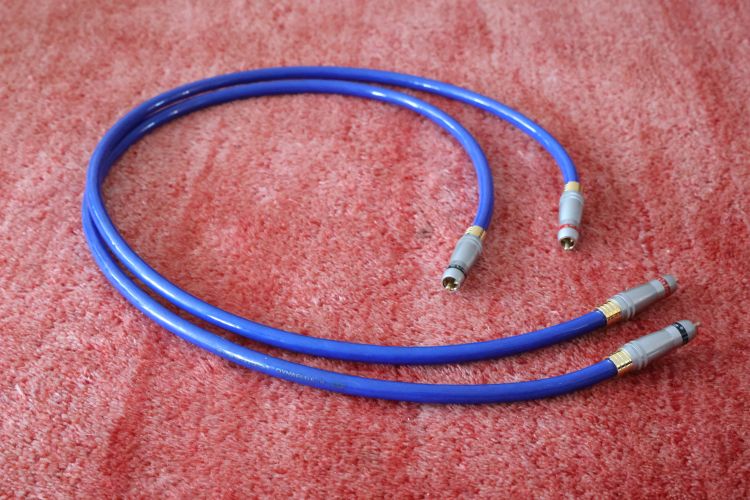

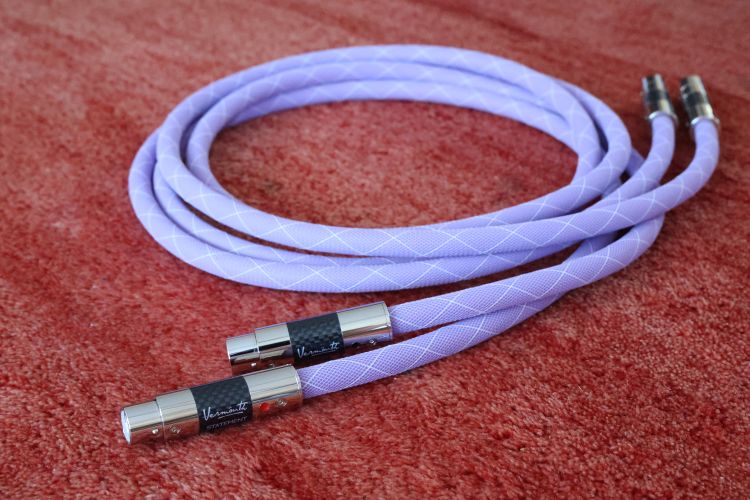
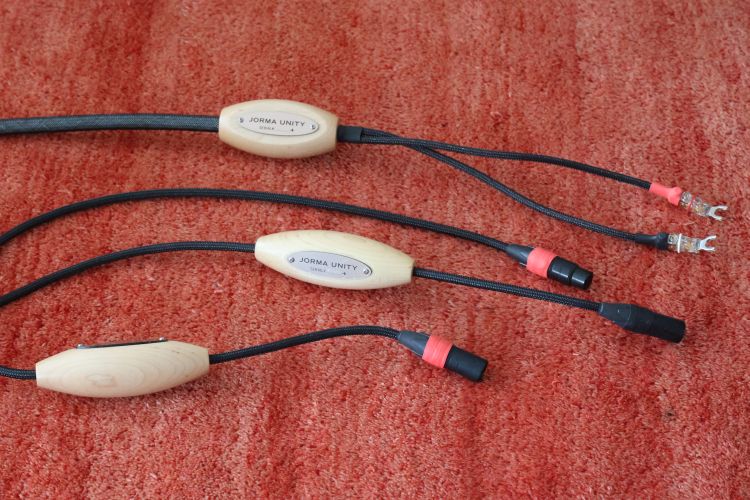
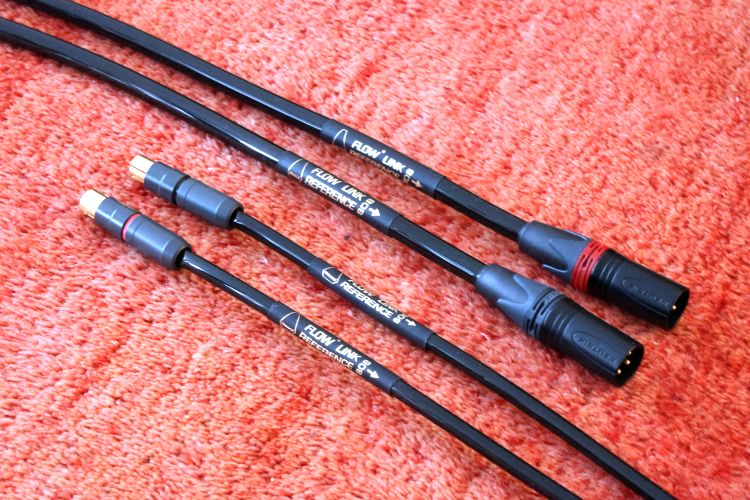
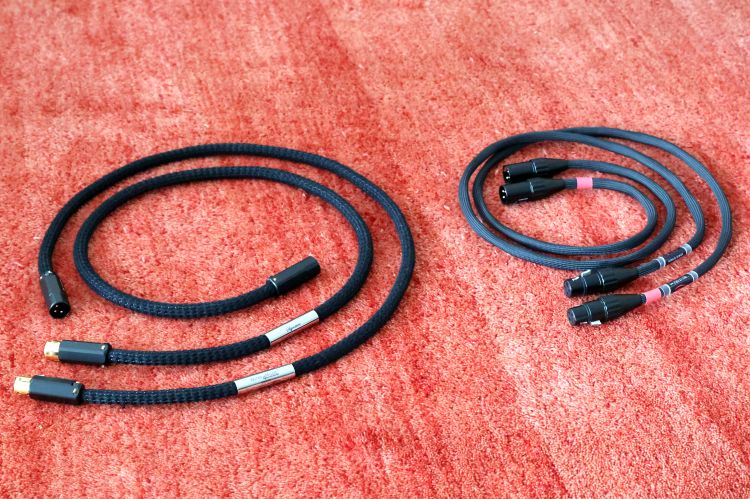
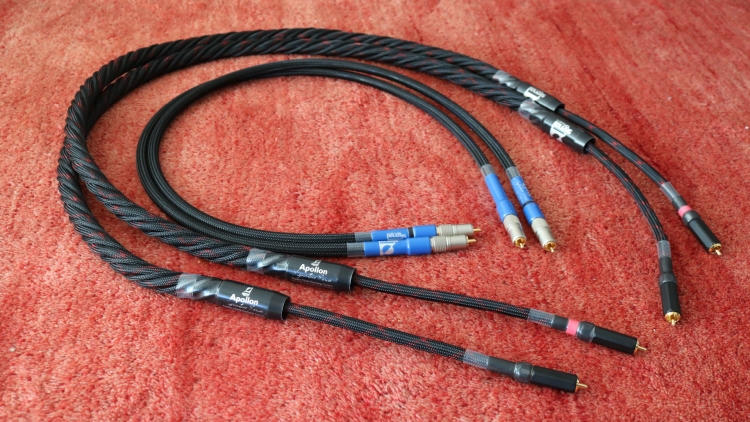
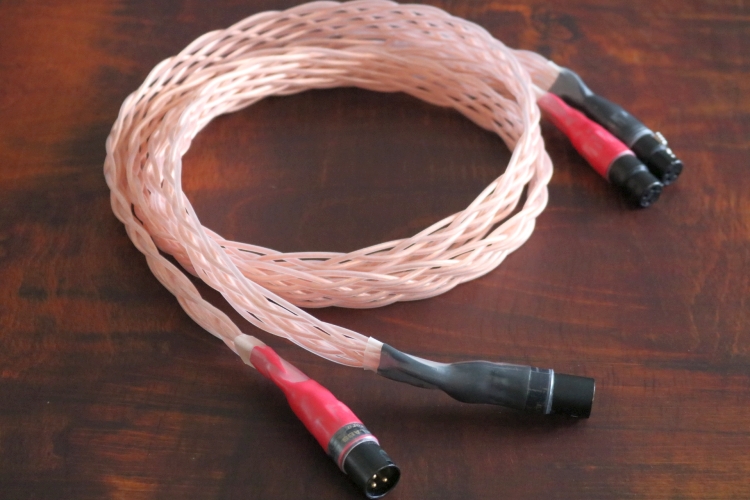
With the mosaic dac, which ICs will you choose between the AQ victoria, AQ sydney and Kimber PBJ?
thanks
I would use PBJ for its more articulate and lively character.
what do you think is better minijack to minijack or minijack to rca ? my amp accept both thank you
That’s a tough one. To be honest this depends on the implementation, but RCA has the potential of sounding better through the use of better materials. Ultimately I’d go with RCA if only because that is a more standard format.
I have a concern.
In your photos you are using the AudioQuest Mini-FLX mini to RCA adapter. That adapter isn’t using their best rated materials. It uses PSC+ but has inferior shielding, doesn’t say whether it uses cold welded plugs or what type of metal is used under the gold plated mini plug or RCA connectors. Considering it only costs about 20.00 USD, I am willing to bet it is using their base get-the-job-done components. In fact, it is a discontinued product.
Therefore, I have some reservations about how you reviewed the Victoria et al if you plugged into that splitter. I have that same splitter but have it going from a Blutooth Stereo gateway and connecting to AudioQuest Ruby X3 interconnects. I have purchased the Victoria to replace the Mini-FLX and Ruby X3. Any time you go from one connector to another, you have signal loss and degradation. Also you aren’t following the same geometry. By using one complete cable, you are more accurately able to determine the sound components. So I have to wonder if the differences in sound quality wasn’t caused by the Mini-FLX.
I understand your concern and am well aware of the potential harm caused by transition through successive (different) contact surfaces. However, the Mini FLX adaptor was only used for the Water interlinks, not for the others you mention, which were integral minijack to cinch cables. In any event the Water was found to outperform the other cables in some respects, in spite of the extra adapter in circuit.
I am in a quandary. I currently use the Victoria cable for my Audioengine A2+ speakers and S8 Subwoofer. Even though I have upgraded the power cables to the highest possible level, and I am going through Audioquest’s Dragonfly Cobalt DAC, I do feel there is some anemia in the sound. Mostly in the mid-range. Understandably, the A2+ has a 3 inch mid-range (bass?) driver, along with a soft-dome tweeter. The speaker is ‘technically’ rated to 65hertz at the lowest level, I feel there is something missing.
I have tried to find other reviews of the Yosemite to compare notes, but it seems no one has really invested in that cable. The price jump between the Victoria and the Yosemite is CONSIDERABLE, just for a change in insulation that is fairly common place in Ethernet and industrial power cables.
Will I experience a significant change in sound quality for nearly $600.00 USD or should I just settle for the Victoria?
Hi Brandon, I agree that the physical differences between the various models in the AQ range can appear to be small but the sonic advantages are real. As I mentioned in my review, the Yosemite does indeed have a fuller sound and a more credible timbre. However, I don’t know the speakers and there is a possibility that they are simply overly lean-sounding themselves. At only 299 euros, honestly, I wouldn’t expect the world from them. If they are indeed the culprit of your dissatisfaction then no measure of compensation via cables, no matter how expensive, will get them to sound exactly how you want. Would it not make more sense to put the extra cash toward a more upscale pair of speakers?
I have ordered the Yosemite. So one way or another, I am going to find out :). However, 2/3s of my problem was fixed when I changed out the Audioquest Z2 power cable for a Kimber Kable PK14 Ascent power cable. Now I am hearing almost exactly what you describe in the Victoria review. Therefore, I am eagerly awaiting the arrival of the Yosemite.
I researched for 2 years for the best possible small desktop speaker system for my work/home laptop setup. The Audioengine A2+ might be ‘cheap’ by audiophile standards, but the sound quality is incredible. Sure, if I upgrade the speaker system to their larger solutions with larger drivers it will no doubt provide better mid-range and mid-bass response. Cost wasn’t the issue, space was. 🙂
I know, I realize I have invested 4 times the value of the speaker system on cables, but the sound quality gains were worth it. These little guys are extremely well engineered. I have never experienced a speaker where the volume level does not cause distortion. I have cranked these to a level where distortion should have occurred, and it held true. No, I don’t regularly listen that loud; it was a test. 🙂
Now, if ONLY there were a company out there who made a super-premium C5 power cord. Alas, I am stuck with Audioquest’s X3 cords. 🙁
Hi Brandon, alright, you made it clear that you carefully assembled this system:-) And indeed, then it can make perfect sense to mix affordable products with expensive products. Ultimately, it’s all about the balance. Oh, you could use C5 to IEC adapters so you can use any cables you like. It may introduce some more “edge” but this could probably easily be offset by choosing a synergistic-sounding cable.
“C5 to IEC adapters” I did that prior and I found it impacts the nuance the cable brings versus connecting directly to the source. It seems the quality of the connector is everything. This is evidenced by Kimber Kable. The Base series is the same cable as the Ascent series, only the quality of the connector changes. By introducing a low-quality connector to change form factor, you risk losing the benefits of having a premium connector.
If I invest any further, it would be for better power filtering products like Audioquest Niagra or PS Audio’s power filtering products. Honestly, I would rather do that with my main home theater setup and not my work laptop 🙂 .
BTW, the Yosemite was worth it. There is one thing it does over the Victoria, in my system. I find it bridges all the musical layers together. Timing might be a way to describe it? The little hints of musical decay from one instrument bridging to the attack of the next note. It’s like hearing the arrangement as it was meant to be heard. Also, little nuances like symbols, and other high-pitch instruments are more forward. The voices are less strained and more full and realistic sounding.
Either way, I am happy and I suppose in the end, that is all that matters. 🙂
Thanks for tolerating my rant 😀
“By introducing a low-quality connector to change form factor, you risk losing the benefits of having a premium connector.” That is quite correct and I have often found this to be the case indeed.
Nice to hear that the Victoria has further improved your sound!
Regarding the RCA to 3.5mm connector cables; Really appreciate this review because it pertains to my own issue. I just upgraded the KEF LS50W which accepted RCA to the Kef LS50W II; which only accepts 3.5 mm analog. I, like Christiaan, have been using the AQ Water Db, RCA cables with the Version 1 KEFs. So I debated between the Sydney for my new system or using the existing Waters, with a RCA to 3.5 mm adapter. I did not wish to invest in another DB or dialectic cable again. So I received my Sydney cables today, and listened with the Water’s and then after connecting the Sydneys, Heard an IMMEDIATE improvement in Bass, mid-range was a bit more forward, had more natural tonality; and the High’s, were softer, i.e. not as bright. Incredible soundstage, depth, air, and presence with the Sydney’s. It was so convincing and dramatic; I do not wish to remove them and experiment anymore. NADA! How do I explain the difference? I think it might be several factors: No degradation from an adapter, the Sydney’s are 1M and the Waters are 2M, (less signal loss at the top and bottom with the shorter cable,) and finally; the 3.5mm connector is not as robust as and RCA Female, less signal contact area, in a 3.5. Well, the Sydney’s silver male connector seems, slightly more robust maybe 1/2 to 1/8 of a mm thicker, and i think might enhance the signal transfer of the low level line signal’s coming from the pre-amp with a robust contact area male to female 3.5mm;. and then additionally the noise dissipation system, yielding a purer signal in the Sydney’s. Not sure why 100%, but for me, the Sydney’s sound terrific! I can’t imagine a better cable.
Ok, so during my AQ IC project, I seemed to arrive at some conclusions when comparing both the Bridges and Fall & Rivers and Elements ranges together. The shared color schemes between each category being the first link. From the Sydney all the way up to Angel , matching the Yukon to the Wind in the in the latter category. The Rivers and Falls range is really just an economical and more portable version of their Rivers and Elements counterpart.
Looking at materials used and cable construction, one needs to go one step higher in the Bridges and Falls range to get somewhat closer to their nearest partner in the Rivers and Elements lineup. For instance the Sydney matches closely with the Mackenzie , the Victoria with the Yukon , the Yosemite with the Water (yes and I will explain later) and last of all, the Angel with the Earth.
Let’s start with the Yukon. A rather dull looking medium size cable whose appearance is undeserving of such an overall solid albeit reserved sound presentation. Interesting to note, vocals delivery is well accentuated to the point of overlooking other elements in the sonic picture. So much so a lack of balance occurs , leading to a poorly presented and rather limited soundstage. The Yukon will serve up the micro details in a track only when it has to & only so briefly. All about vocals here , which at times it must be said can be compressed and heavy overall.
Water vs Yosemite. Look at the Water as the Yosemite with a texturally heavy tonality. The live performance element is there with the Water to a certain extent. Anymore and it could become an overly loud and incoherent garage band type of atmosphere. As such, dynamics and soundstage depth are the compromise in achieving that organic live venue feeling. Then the Water surprises with micro details and presents a wonderful apex part of a trailing edge phase crescendo from out of nowhere it seems.
The Yosemite benefits from having an equally wide soundstage , although with more depth . Now, comes better separation of instruments and vocals. All sharing equal footing. Dynamic quality is up and how it keeps surprising with delivery of of the finer details is remarkable at times. Never a lightweight, solid and tight bass is impressive in the lower range. Overall far easier for this listener to get lost in music time and space with the Yosemite than the Water.
I eventually went with the Yosemite as the overall AQ IC choice. The Water reminded me of my experience with Rocket 33 , both engaging gutsy performers just lacking in the area of dynamics, timbre and musical virtuosity.